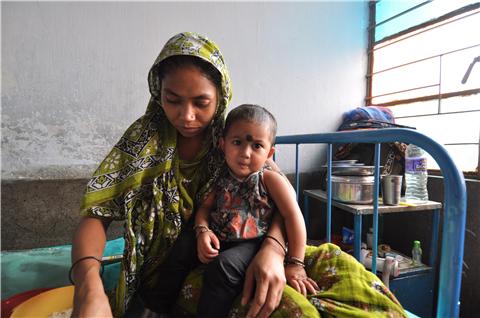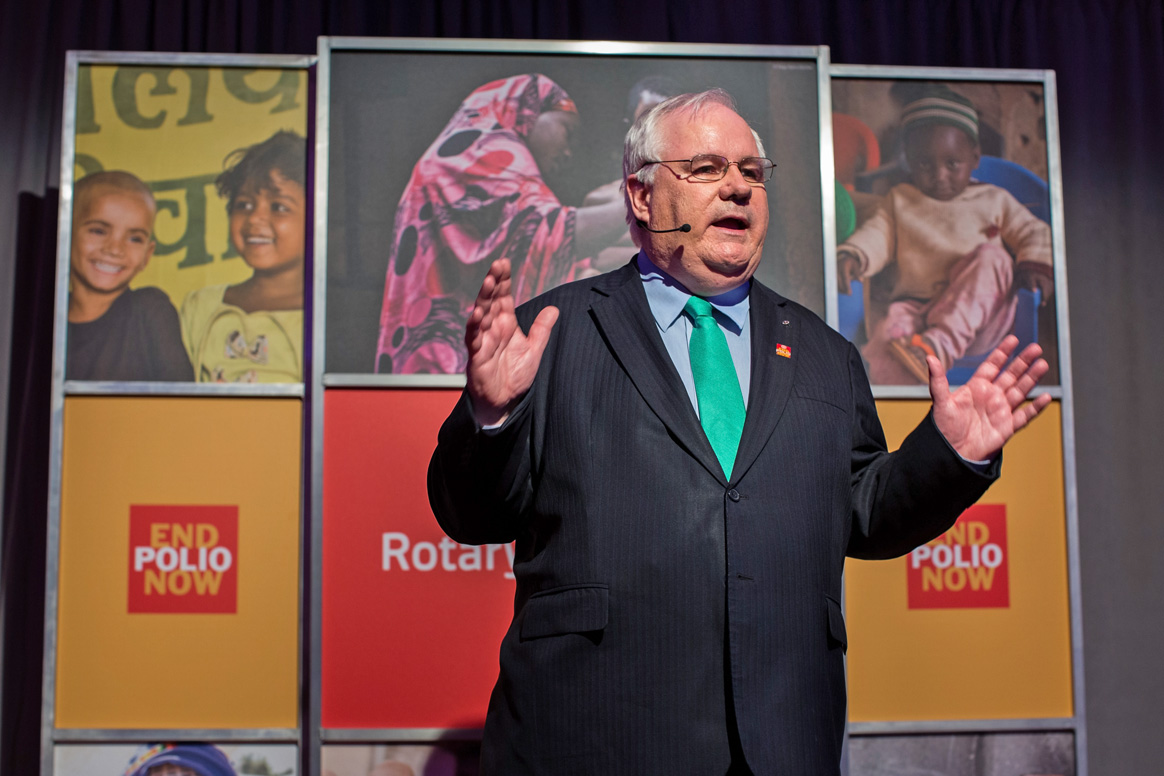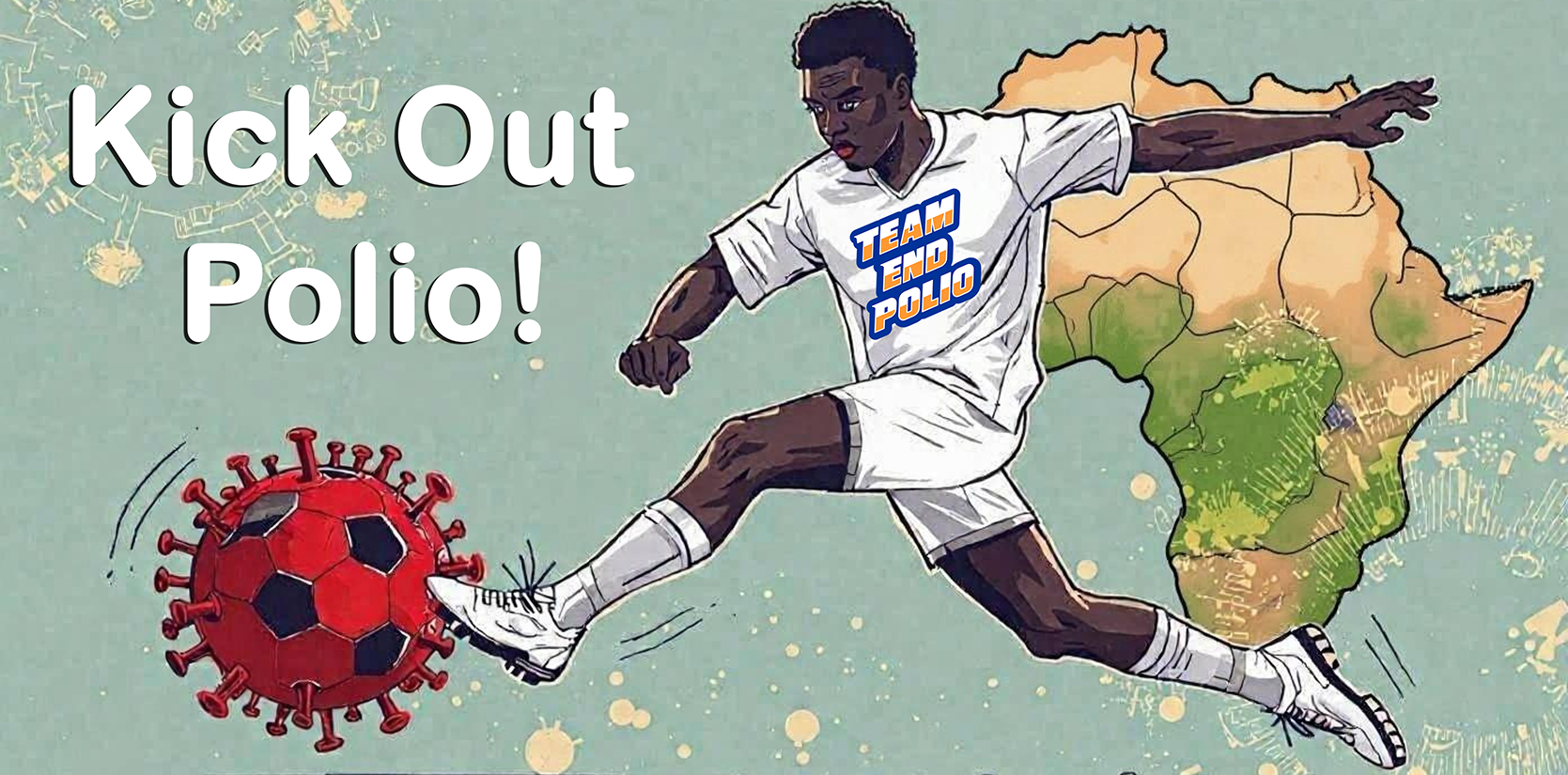Kolkata, 30 March 2011 — Rukhsar Khatoon takes one look at her visitors and tucks her face into her mother’s shoulder, crying in fear.

Ever since she was paralyzed by polio, Rukhsar has had to confront doctors, epidemiologists, physiotherapists and nurses – and this pesky photographer is the last straw. To her, they are all “doctor-folk”, and she wants nothing to do with them, her mother explains apologetically.
The attention around Rukhsar started when her paralysis was reported to the health authorities in her district of Howrah, in the Indian state of West Bengal. She is the only child to have been paralysed by polio in India this year.
Always a sickly child, Rukhsar was never vaccinated against polio. Her young mother Sabera Bibi explains, “I didn’t know what polio was. I thought the polio drops were for general good health.” Sabera’s two older children were regularly given oral polio vaccine during supplementary immunization campaigns, but because Rukhsar was often sick with diarrhoea, Sabera and her husband Abdul Shah were reluctant to vaccinate her.
When Rukhsar couldn’t walk on 13 January of this year, her parents took her to the local hospital. On 7 February, analysis of her stool samples confirmed that she had polio. Within a week, a mop-up vaccination campaign was taking place around Rukhsar’s home, to ensure other children wouldn’t fall victim to poliovirus. By May, three campaigns will have taken place in Howrah and the greater Kolkata area, to build a wall of immunity around West Bengal.
“I made a mistake,” her father Abdul says quietly, “by not giving her polio drops. I would beg every parent to vaccinate their child and not make the same mistake.”
Sabera adds, “This is the one child I did not vaccinate, and now she is the one affected. You must vaccinate your child,” she reminds her visitors.
Although her condition is improving with physiotherapy, it is not certain that Rukhsar will regain the ability to walk. Married herself at 15, Sabera worries about her daughter’s prospects for schooling and marriage. Abdul, who works in the zari (fine embroidery) industry like most of his neighbours in their village, frets about the financial costs of Rukhsar’s treatments. “The doctors have been very kind,” Sabera says, “but we have to think of the future and our other children.”
The virus which stilled Rukhsar’s legs is related to poliovirus found in New Delhi. Poliovirus can travel long distances easily, hitching a ride among travellers and migrants and ferreting out the most vulnerable – the unvaccinated, the under-vaccinated, the very young. In Rukhsar’s village, which is largely Muslim, most families have a member working in Mumbai, India’s melting-pot megacity. The village also has contact with communities from Bihar and Uttar Pradesh, the two polio-endemic states of India.
Many of Rukhsar’s neighbours are what public health advocates call the ‘under-served’. Poor, marginalized, often belonging to a minority or migrant community, these groups have less access to health and other government services. Polio in India is now nearly entirely restricted to these communities. The state and federal authorities use specific tactics to reach such children, tactics which range from mapping a migrant group’s seasonal movements to special efforts to address the needs or concerns of minority communities about vaccination.
But all of this matters little to Rukhsar, who is in treatment in a hospital in Kolkata. The paralysis has not affected her spirit, and she keeps her brows knitted in warning at her visitors, adding a sharp cry whenever they venture too close. “She has always been a handful,” Sabera rues. “Everyone at home misses her. But I cannot leave here until she walks.”



